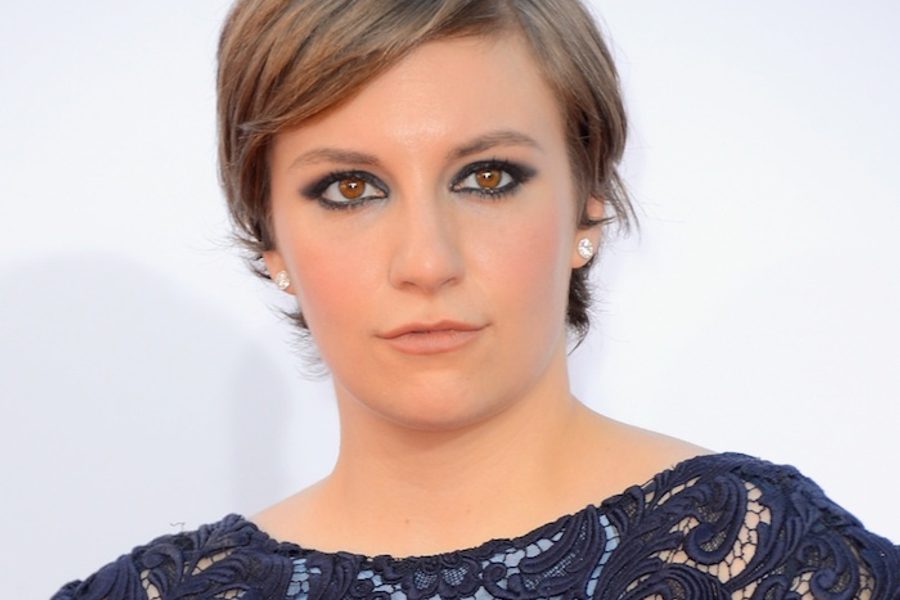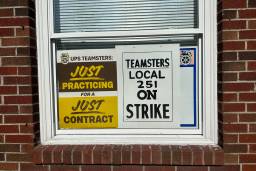The $3.5 Million Dollar Woman
The scandal isn’t really Lena Dunham. It’s all the potential Lena Dunhams who get nowhere.
Jude Ellison Sady Doyle

First things first: Lena Dunham’s book deal, when compared to the deals afforded most authors, is enormous. She received $3.5 million dollars for her proposal. To put this in perspective, if her book comes in at around 270 pages (Tina Fey’s Bossypants, the book to which it has been most widely compared pre-publication, weighs in at 277) she will be paid $12,962.96 per page, plus royalties. I don’t know what a thirteen-thousand-dollar page of writing looks like, but if I did, rest assured I would not stop until I’d produced many hundreds of them.
Then again, Lena Dunham’s book deal is, as far as celebrity sales go, nothing out of the ordinary. Fey herself reportedly received around twice as much: Between $5.5 and $6 million, or, at the bare minimum, $19,855.59 per page. And this is the best-case scenario, creatively speaking – the one in which the pages we look at are actually filled with words (or, “writing”) and in which we can assume that Fey, a writer, actually thought up and typed those words, in that order. No one has leaked how much Gwyneth Paltrow was paid for her cookbook My Father’s Daughter; I bought it as a joke from a used bookstore and can confirm that it’s mostly pictures of food and/or Paltrow, interspersed with tiny recipes and anecdotes that float around like pieces of a shipwreck in the vast white ocean of largely empty pages. And, as with most celebrity books, even the tiny bit of writing contained therein was probably ghostwritten, though Paltrow herself disputes the claim.
But the controversy around Dunham’s book isn’t so much about the question of why she’s getting a celebrity-sized book deal, rather than cranking out an artisanally crafted memoir for $5 grand, but around whether her celebrity is “deserved.” Leaving aside the question of whether celebrity has ever worked on the principle of “deserving” (we live in a world where Kristen Stewart and Scarlett Johansson can headline summer blockbusters, despite their stubborn refusal to make more than one facial expression) it’s true that Dunham’s gotten a remarkably large amount of attention remarkably early in the game. Fey worked her way up for decades, from improv to writing for SNL to going on-camera to running 30 Rock; Mindy Kaling, another competitor in the funny-girl-memoir genre, worked as a writer, producer and bit player on one of TV’s most successful sitcoms, The Office, carefully cultivating her online fan base and name recognition for years, before getting her break. Dunham has made one independent movie and one season of one show on HBO.
And it is undeniably true that Dunham’s success is reliant on her race and class. This has been pointed out more often when it comes to Dunham than it has in the case of white men with the same built-in advantages, or better ones. People tended to note that Noah Baumbach was the son of two critics, or that Joss Whedon was a third-generation TV writer, with affectionate bemusement, if at all. Yet Dunham’s parents, artists Carroll Dunham and Laurie Simmons, were often portrayed as all-powerful Hollywood moguls, forcing Judd Apatow at knifepoint to fund their daughter’s show.
But the criticism is still valid; Dunham has had the financial safety to pursue her ambitions and the connections to get her name out. Not only this, but she’s always lived in a world where making art for a living was possible. And she’s white, and has hence always seen female creators who look like her in the media. Not many of them. But they’ve been there: For as long as Lena Dunham has been able to legally buy alcohol, 30 Rock has been on the air.
This is the nasty little bit we don’t like to think of, when it comes to privilege and talent; social status shapes not only one’s ability to pursue artistic dreams, but one’s ability to dream them. Plenty of talented kids give up their passions for something more “practical,” or just fail to believe they could ever be more than amateurs, because they’ve never seen a real person making good on similar ambitions. Until I met people who’d actually written published work, and had been paid for that writing, I thought of it as an impossible career. “Real writers” existed, somewhere, but it was silly to think I could be one of them. They existed in some parallel universe that I couldn’t reach. Lena Dunham has always lived in a universe where someone like Lena Dunham could happen. And yes: With its overwhelming whiteness, the privilege of its characters, and the unfortunate decision to cast only the children of other famous people as her core set of friends, her work shows the limitations of her upbringing and privilege. Ignoring this, or claiming not to give a shit about it, is, let us say, not very productive.
And here’s what most 26-year-olds with Lena Dunham’s advantages manage to accomplish: Absolutely nothing. Trust me; I’ve met these kids. Given the money and the privilege necessary to stagnate for most of their twenties, until they decided it might be fun to act like adults and landed safely in white-collar jobs, they merrily stagnated. The closest thing I can remember to someone cashing in on his parents’ artistic legacy to do creative work is a kid in my sophomore dorm who claimed his Dad was a fashion photographer; the rumor was that he would tell you this right before he whipped out his Polaroid camera and asked you to pose topless. Given some of the reactions to Dunham, it seems that some people think Dunham would have risen to her current level of success even if her entire pilot script for Girls was a stick figure drawn in crayon, helpfully labeled “LENA.”
The unpleasant fact is that, despite her privilege and her clumsy use of it, Dunham’s also talented and hard-working. The point of leveling the playing field isn’t to say that no one with advantages should make art; it’s to say that people with fewer advantages, and an equal amount of talent, should also be recognized and compensated.
Dunham might still have a book deal if she were from Iowa and her parents were local schoolteachers. The problem is, it would be an artisanally crafted memoir, cranked out for $5 grand.
Jude Ellison Sady Doyle is an In These Times contributing writer. They are the author of Trainwreck: The Women We Love to Hate, Mock, and Fear… and Why (Melville House, 2016) and was the founder of the blog Tiger Beatdown. You can follow them on Twitter at @sadydoyle.








